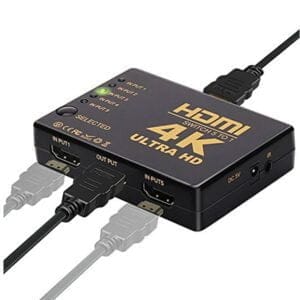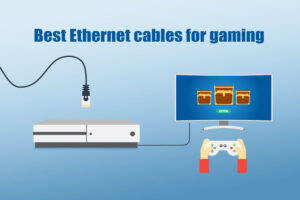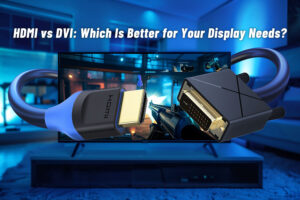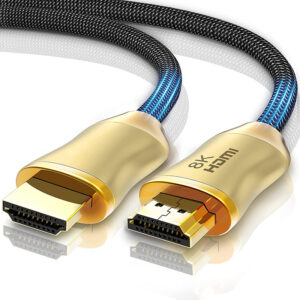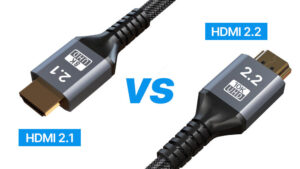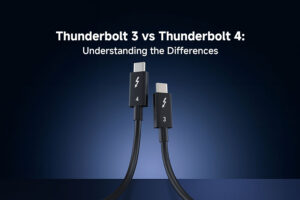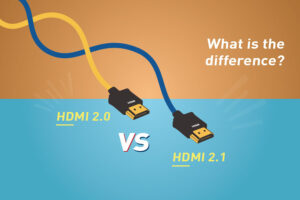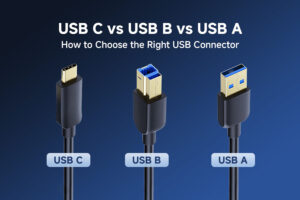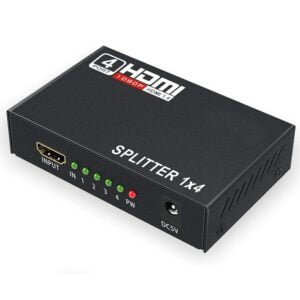
Guía de compra de Splitter HDMI: Para fans de 4K/8K/HDR
En el siempre cambiante mundo del entretenimiento doméstico, contar con un divisor HDMI de primera categoría es crucial para los entusiastas del 4K, 8K y HDR. Estos dispositivos permiten enviar una única señal HDMI a varias pantallas, lo que resulta ideal para crear una configuración multipantalla o compartir contenidos en distintas habitaciones. Pero con tantas opciones en el mercado, ¿cómo elegir el perfecto para tus necesidades? Esta guía le guiará a través de todos los factores clave a tener en cuenta. 1. Antes de entrar en detalles técnicos, piense en cómo va a utilizar el divisor HDMI. Número de salidas: Considere cuántas pantallas desea


